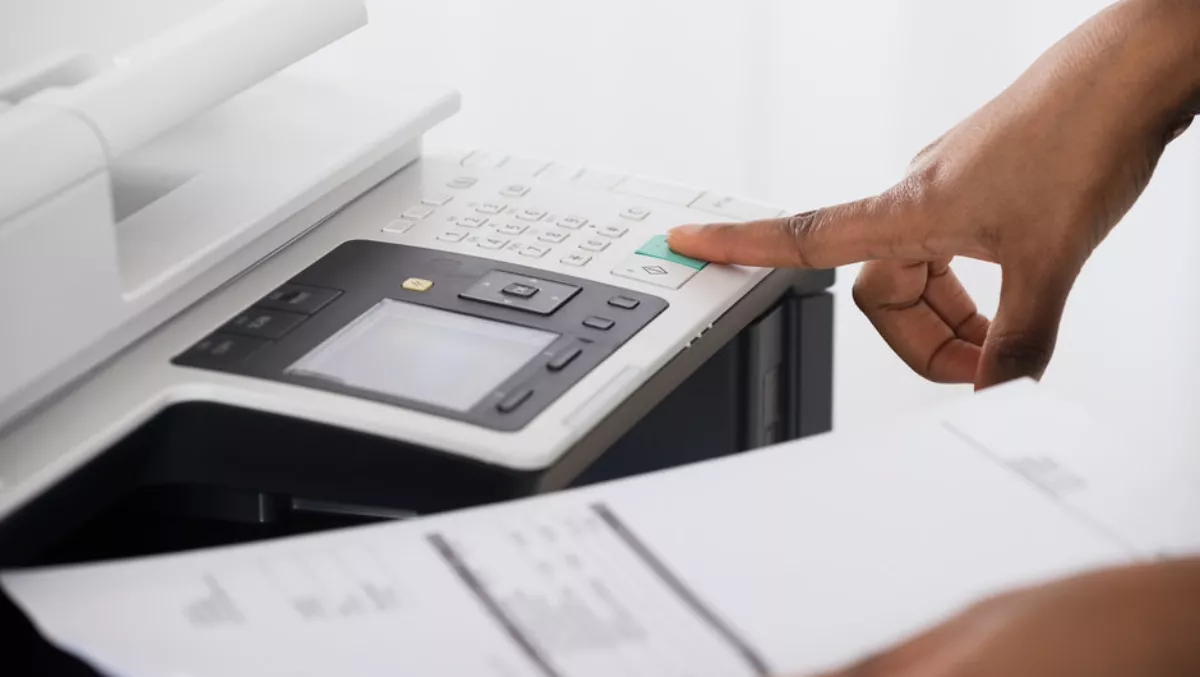
How IT teams are using printing innovations to go paperless
Organisations are using less paper, digitising, and moving documents such as receipts, invoices, feedback forms and pay slips to the cloud.
Despite the rise in popularity of digital documents, printers are far from obsolete.
Print technology is reinventing itself to complement paperless trends and improve workflows across organisations.
Organisations might be surprised to know the ways printing innovations can transform their IT teams.
Often considered the backbone of an organisation, the IT department has a number of hurdles to overcome in managing print services.
From supporting employees and mobile devices to managing security and changes within the print services environment, the amount of resources needed has traditionally been high.
With digital document management and paperless processes, IT teams can do more than reduce their company's carbon footprint.
By using an integrated print management and document capture solution with seamless interoperability, IT teams can become more efficient and their time can be better spent adding value to the business.
There are four main ways integrated print and document management can help IT teams:
1. Simplify complexity
By using one digital platform, one interface, and one contract for both print management and document capture, the tasks for the IT team are minimised.
Managing users and devices lets the IT team become more productive and efficient.
Cloud infrastructure or partial cloud/partial on-premise for print services also provides the additional advantage of relieving IT infrastructure overhead and resources that can be applied to other high-value projects.
Because organisations are constantly changing with new remote locations and new users for example, a platform that is flexible makes managing these changes easier.
2. Break down silos
With a platform approach for print services, organisations can centralise print and document capture, and break down silos.
This lets IT teams easily set up pre-defined workflows across the multifunction (MFD) device fleet, as opposed to having to implement the same workflow multiple times for each MFD.
By using a centralised system, administrators can replicate a workflow or print governance across multiple MFDs all at once.
3. Report and monitor
Centralised fact-based reports let the IT team save time by easily monitoring usage as well as troubleshooting issues as they arise.
Reports can be accessed by authorised individuals or groups, so the IT team doesn't have to spend time managing statistics and usage.
Troubleshooting reports can also be automatically sent to management or department heads.
4. Reduce helpdesk tickets
Managing print-related help desk requests can be very time consuming.
However, by reducing the quantity of tickets raised, IT staff will be able to spend time on other elements of their role.
The number of help desk tickets can be significantly reduced because IT no longer needs to assist employees with access to any printer or with printing from their mobile devices.
Additionally, IT does not need to step in to help guests when they need to print.
Organisations need to remember that modern print technology can support digital, paperless trends like never before, and this can have significant benefits across the business.
Often, IT teams can be largely focused on maintaining an organisation's current IT technology and IT tickets.
Organisations looking to go paperless and take the next step in smart digital document management should implement a print and document capture solution that frees up the IT team's time and resources, letting them focus on other high-value projects while ensuring that the organisation is still secure, efficient and productive.

